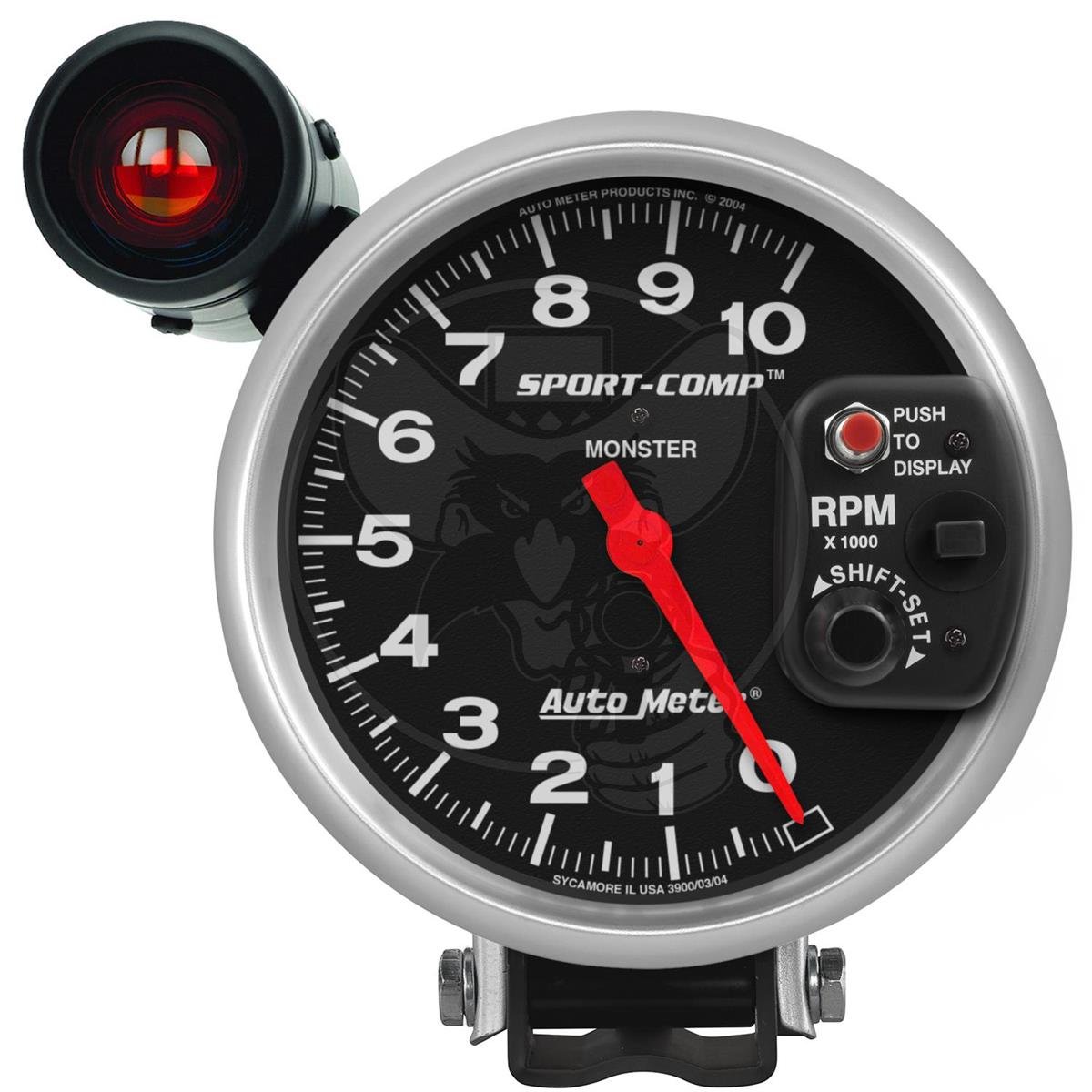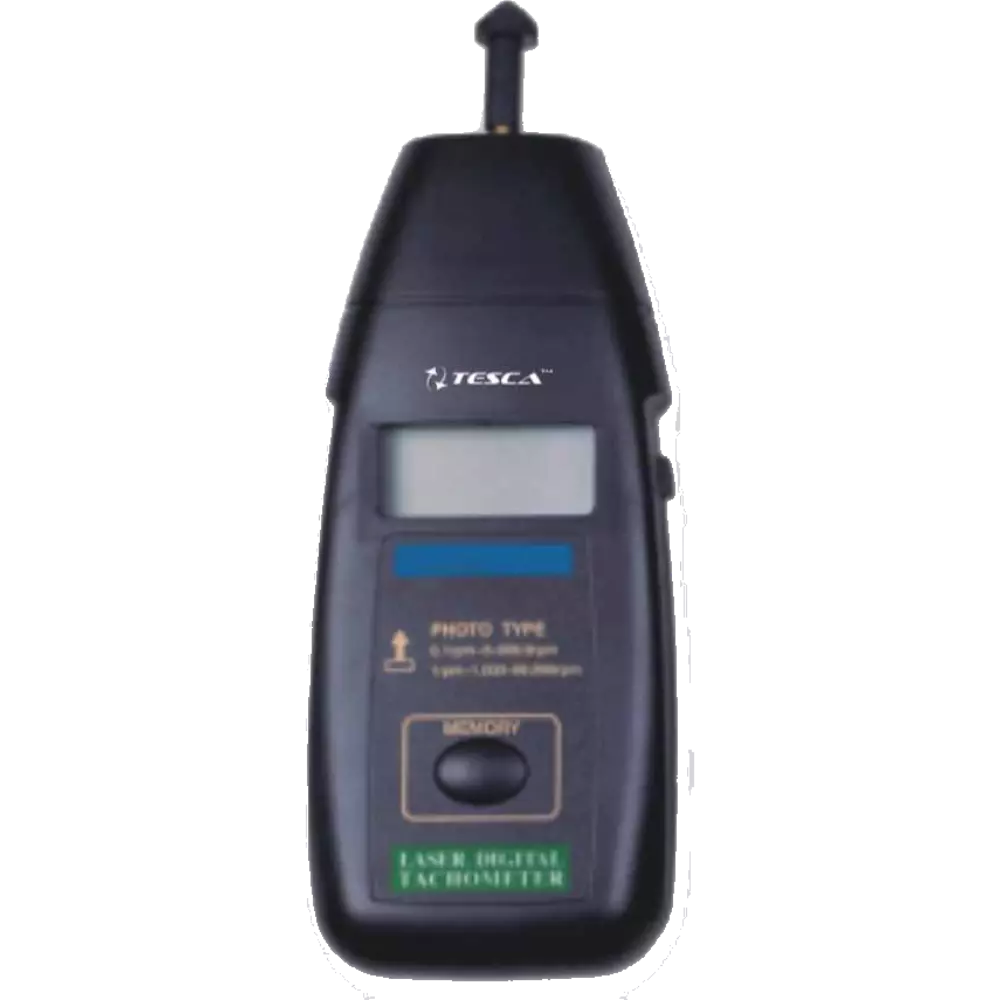Improve Your Driving Experience with a Reputable Tachometer
Improve Your Driving Experience with a Reputable Tachometer
Blog Article
The Value of a Tachometer in Checking Engine Rate and Efficiency in Automotive Applications
In the realm of vehicle engineering, the tachometer stands as a pivotal instrument in the chauffeur's arsenal, giving a straight home window into the internal operations of a vehicle's engine. Beyond its function as a simple scale of revolutions per minute (RPM), the tachometer functions as a vital tool for enthusiasts and experts alike, supplying real-time insights into engine performance and health. Recognizing the significance of this gadget exceeds surface-level observations, diving right into the intricate relationship in between engine speed, power output, and general driving experience. As we explore the diverse function of the tachometer in automotive applications, a deeper gratitude for its effect on vehicle dynamics and effectiveness begins to arise.
Significance of Keeping Track Of Engine RPM
Keeping an eye on engine RPM, or changes per min, is an important aspect of automobile maintenance and efficiency evaluation. Engine RPM straight correlates with the rate at which the engine's crankshaft rotates, suggesting just how swiftly the engine is running - tachometer. By keeping track of RPM, auto mechanics can assess the wellness of the engine, discover potential concerns, and fine-tune efficiency. An abnormal RPM analysis may signify problems such as engine misfires, malfunctioning trigger plugs, or issues with the gas delivery system. Constantly high RPM analyses might show hostile driving habits or the demand for a greater equipment change to enhance gas effectiveness.
Moreover, keeping an eye on engine RPM is essential for performance examination in racing and high-performance lorries. In summary, keeping track of engine RPM is not just important for identifying concerns however additionally for optimizing engine performance in numerous automotive applications.

Advantages of Real-Time Information
In automobile applications, real-time information plays a crucial role in supplying immediate understandings right into the efficiency and problem of the car. By continuously keeping an eye on different specifications such as engine speed, temperature level, gas usage, and a lot more, real-time information offers countless advantages that add to enhanced performance and safety when traveling.
Furthermore, real-time information promotes efficiency optimization by providing immediate responses on driving behaviors and engine efficiency. Vehicle drivers can readjust their behavior in real-time based on this details to achieve much better gas economy and prolong the lifespan of their vehicle.

Furthermore, real-time data plays an essential duty in modern automotive diagnostics, making it possible for technicians to promptly identify and address breakdowns. This leads to decreased downtime, lower maintenance expenses, and eventually, improved overall car integrity and longevity (tachometer). By harnessing the power of real-time information, automobile stakeholders can make enlightened choices that positively affect both the efficiency and long life of the lorry
Impact on Gear Shifts
The tachometer plays a vital duty in optimizing gear shifts by providing real-time engine speed data to the motorist. When approaching the redline on the tachometer, it signifies the driver to upshift to prevent over-revving the engine and triggering possible damages.
In addition, the tachometer aids in achieving smoother gear shifts, specifically in manual transmissions. By keeping an eye on engine rate, motorists can carry out gear changes at the optimum RPM range, lowering jerking activities and lessening endure the transmission components. This page precision in equipment modifications not just improves driving convenience but likewise contributes to sustain efficiency.
Enhancing Fuel Effectiveness
Provided the crucial role the tachometer plays in enhancing gear shifts for performance and engine wellness, it straight contributes to maximizing fuel efficiency in click here to read auto applications. By providing real-time comments on engine rate, the tachometer helps chauffeurs in maintaining the most reliable RPM variety for fuel economy. When drivers regularly keep track of the tachometer and change their driving practices appropriately, they can avoid unnecessary gas intake triggered by over-revving or lugging the engine.
In addition, the tachometer assists vehicle drivers identify the most fuel-efficient gear to be in at any provided minute, preventing the engine from working harder than needed. This is particularly vital during velocity and cruising, where being in the right gear can dramatically impact fuel performance. Furthermore, the tachometer can alert motorists to prospective mechanical concerns that could be negatively influencing fuel economy, such as a slipping clutch or a blocked air filter. Finally, the tachometer acts as a beneficial tool in boosting gas efficiency by promoting ideal driving routines and identifying areas for enhancement in the lorry's efficiency.

Maximizing Engine Longevity
The tachometer's role in keeping an eye on engine speed and performance is instrumental in guaranteeing the durability of automobile engines. By making use of the tachometer efficiently, chauffeurs can optimize engine durability through conscious RPM monitoring. Consistently revving an engine too expensive can cause extreme wear and tear on critical elements, such as the pistons, shutoffs, and bearings. With time, this can cause decreased engine performance and prospective malfunctions. Keeping an eye on the tachometer permits drivers to stay within the suggested RPM range for their automobile, avoiding unneeded pressure on the engine and extending its life expectancy.

Final Thought
In conclusion, the tachometer plays an important duty in keeping an eye on engine rate and efficiency in automotive applications. By offering directory real-time information on RPM, it permits efficient equipment changes, enhanced fuel effectiveness, and taken full advantage of engine long life. This tool is crucial for keeping ideal engine performance and ensuring the total performance of a car.
Report this page